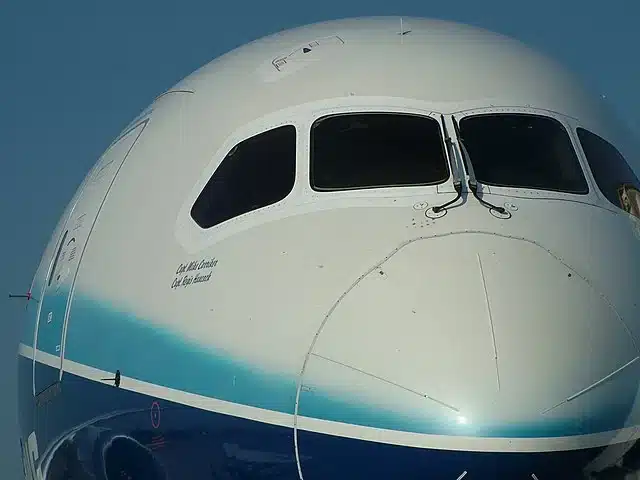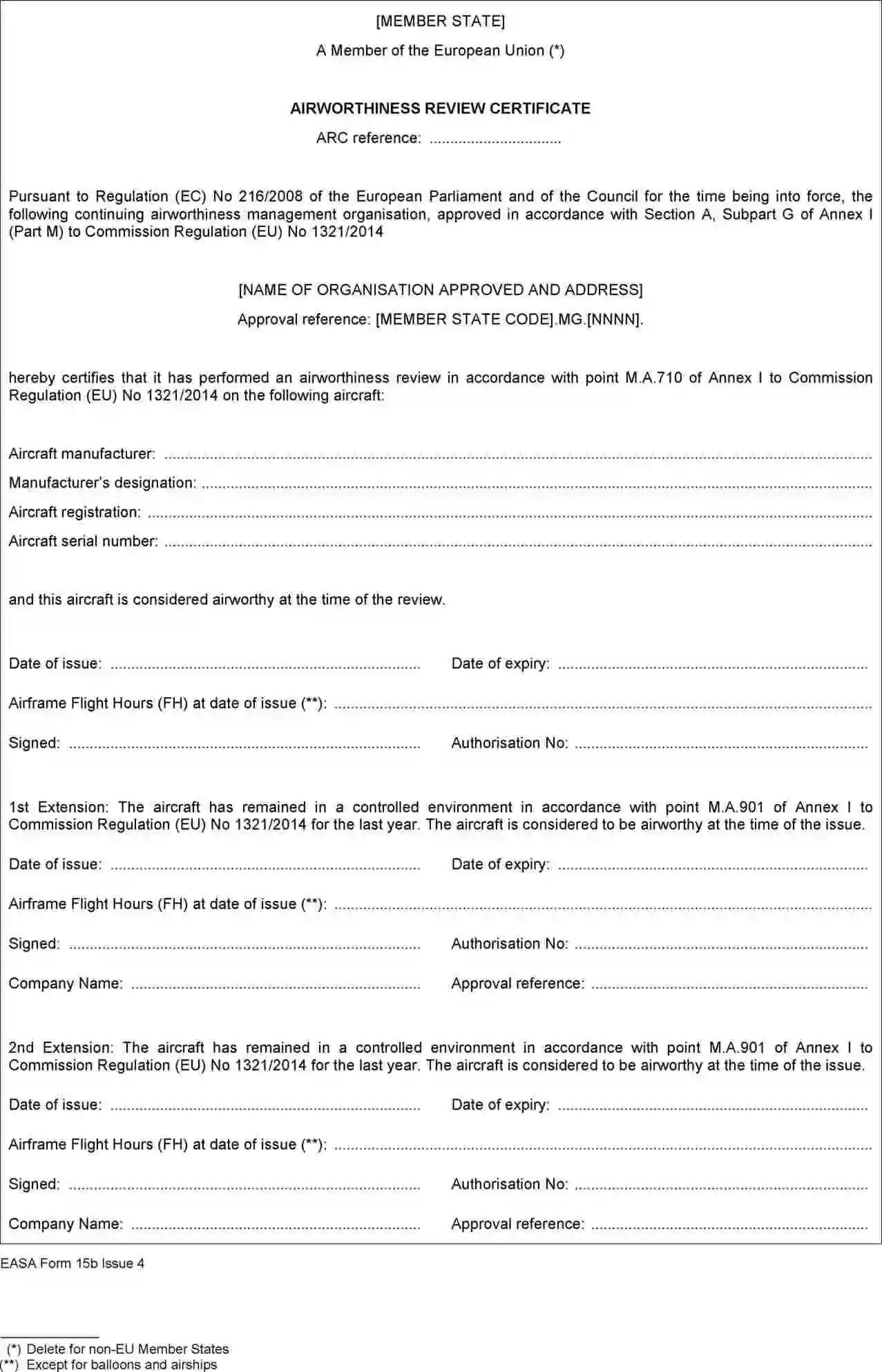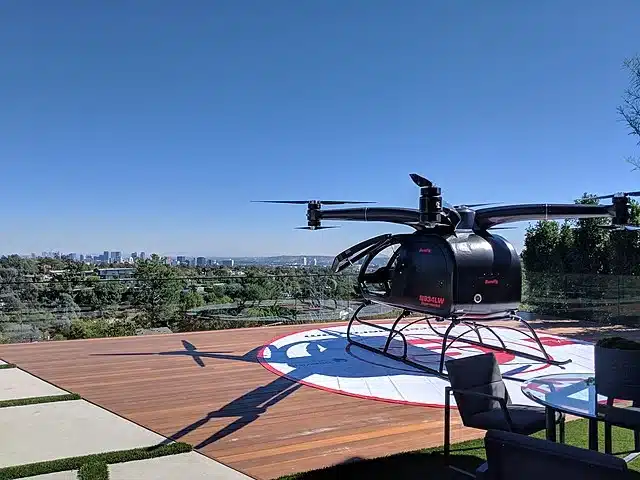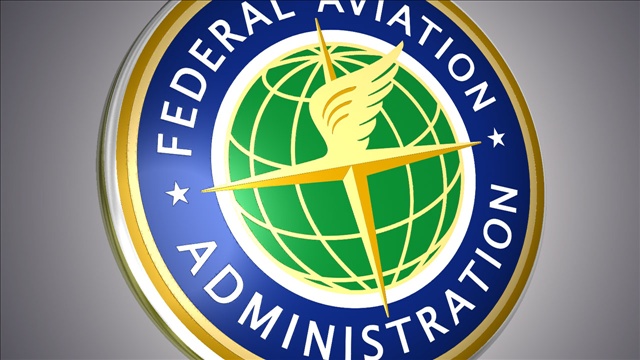What is an Aircraft Airworthiness Review Certificate?
An Airworthiness Review Certificate (ARC) is a “health checkup” for an aircraft. It’s an authority issued certificate that proves your aircraft is safe to fly, meeting the rules and standards set by aviation authorities. Think of it as a report card for an airplane. This is critical if you are a prospective buyer or trader.
Civil Aviation Authority
Why is it important? Imagine you’re buying a car, you want to make sure it’s in good condition, right? The same goes for commercial aircraft. Owners and investors need an Airworthiness Review Certificate to prove the aircraft was well-maintained, and has no dirty secrets. Therefore ensuring safety for passengers as well as protecting asset value. Therefore an ARC is not just about safety; it’s also about protecting your investment in the world of asset management.

Airworthiness Review Certificate (ARC) Overview
All aircraft that possess an FAA (or EASA) Certificate of Airworthiness (CofA) require a valid ARC to keep flying.
The Airworthiness Review Certificate is issued after a successful Airworthiness Review and is valid for one year.
What is the ARC Period?
12 months. But this can be extended under certain conditions.
An EASA Form 15a is issued by all competent authorities while EASA Form 15b is issued by a CAMO or CAO organization. The Federal Aviation Administration (FAA) uses the term “Airworthiness Certificate” rather than “Airworthiness Review Certificate” (ARC) for aircraft certification in the United States. The specific form used to apply for or request an Airworthiness Certificate is FAA Form 8130-7, also known as the “Special Airworthiness Certificate Application
The Airworthiness Review involves:
- A complete examination of all aircraft records.
- A complete physical inspection of the aircraft.
The review can be conducted by:
- A Continuing Airworthiness Management Organization (CAMO).
- A Combined Airworthiness Organization (CAO).
- A Maintenance Organization (MRO).
- An Approved Independent Airworthiness Review Staff.
- The Competent Authority.
Why do you need an Airworthiness Review Certificate?
From an owner or investor’s perspective, obtaining and maintaining an Airworthiness Review Certificate (ARC) is paramount. Firstly, it ensures the safety and airworthiness of the aircraft, but it also protects the substantial investment in the aircraft.
An ARC signifies that the aircraft meets stringent regulatory standards and has undergone all checks and Airworthiness Directives. Moreover, possessing a valid ARC enhances the aircraft’s resale value, as it proves compliance with industry requirements. In aviation, trust and reliability are fundamental and the review certificate provides record of an owner’s commitment to upholding these principles. Not to mention bolstering the aircraft’s appeal to potential buyers or lessees.
Airworthiness Review Certificate - Sample

What are the Review Procedures for an Airworthiness Review Certificate
What is an ARC Recommendation?
An ARC (Airworthiness Review Certificate) Recommendation is delivered by the Airworthiness Authority of a country in relation to the continued airworthiness of an aircraft. This recommendation is only issued after an evaluation by approved Airworthiness Review Staff (ARS).

pilotinstitute
Are You Ready To Take Off?
Pass the FAA Private Pilot test with flying colors. Achieve your dreams of flying an airplane.
Recommendation Language:
When the aircraft’s registry state differs from the CAMO/CAO’s state, the recommendation should be in English.
Contents of the Recommendation:
(a) General Information:
- Includes CAMO details, owner/lessee info, date and place of document review and aircraft survey.
- Specifies when and where the aircraft can be inspected if required by the authority.
(b) Aircraft Information:
- Includes aircraft registration, type, manufacturer, serial number, flight manual reference, weight, center of gravity data, and maintenance program reference.
(c) Documents Attached:
- Includes copies of registration papers and the owner’s request for a new airworthiness review certificate.
(d) Aircraft Status:
- Includes total flight time, cycles, and a list of those who performed ongoing maintenance on the aircraft and its parts since the last review.
(e) Aircraft Survey:
- Lists the specific areas of the aircraft that were inspected and their condition.
(f) Findings:
- Lists any issues discovered during the review and the corrective actions taken.
(g) Statement:
- A signed statement by airworthiness review staff recommending the issuance of an airworthiness review certificate.
Who issues an ARC ?
The FAA or EASA Aviation Safety Inspectors or any representatives of these administrators (called designees). However, typically, this representative will be a Civil Aviation Authority (CAA) representative.
Can you get an ARC extension ?
If the aircraft is in a “controlled environment” then its possible. A controlled environment is where an aircraft follows specific maintenance rules, which include having a contract in place unless the operator and CAMO are the same organization. Limited maintenance by the pilot-owner is allowed, but it must be reported to the CAMO.
Controlled Environment Defined:
When an aircraft’s maintenance complies with an Appendix I Continuing Airworthiness Contract, it’s in a controlled environment.
If the aircraft’s operator and the CAMO (Continuing Airworthiness Management Organisation) are the same organization, a contract isn’t needed for a controlled environment.
Pilot-Owner Maintenance Exception:
Even if limited pilot-owner maintenance isn’t done by an approved maintenance organization, the aircraft can still be considered in a controlled environment. The KEY is that the CAMO must be informed of any such maintenance performed by the pilot-owner.

ARC Extensions for "Controlled Environment" Aircraft
Extending an Airworthiness Review Certificate (ARC) in a Controlled Environment:
If an aircraft stays in a controlled environment, you can extend the ARC’s validity without a full review. You just need to check that it still follows M.A.901(b) requirements.
You can request an extension up to 30 days before the ARC expires. This doesn’t break the yearly renewal pattern; the new expiration date remains one year after the previous one.
This 30-day flexibility also applies to 12-month requirements under M.A.901(b). If an aircraft has been continuously managed by one organization as stated in M.A.901(b), from the last ARC issue date to the extension date (up to 30 days less than 12 months), it’s still considered in a controlled environment.
You can even extend the ARC after it expires. As long as all extension conditions are met. But during the expired period, the aircraft cannot fly. The new expiration date is one year after the previous one, not one year after any extension.
What are the requirements for Airworthiness Review Staff?
Airworthiness Review Staff (AWRS) Requirements:
AWRS are authorized by the Continuing Airworthiness Management Organization (CAMO) and accepted by the Regulatory Authority or Civil Aviation Authority (CAA) for aircraft listed on the CAMO approval certificate or Air Operator’s Certificate (AOC).
Approved CAMOs must have appropriate AWRS to issue airworthiness review certificates or recommendations to the regulatory authority.
The CAA formally accepts nominated AWRS after an airworthiness review under supervision to ensure compliance.

TRAKRACER
Hone your aviation skills with these great flight simulator products from TrakRacer.
Get yourself in the sky today and feel what it’s like to be a pilot!
Aircraft Check
Organizations must nominate AWRS using EASA Form 4, including qualifications and experience details, which are reviewed and signed by the CAA upon satisfaction of requirements.
AWRS can receive authorization from the approved CAMO after formal acceptance by the competent authority following a satisfactory airworthiness review under supervision.
AWRS must demonstrate recent “Continuing Airworthiness” management experience, which involves tasks related to aircraft maintenance, continuing airworthiness management, or surveillance of such tasks.
To maintain authorization validity, AWRS must either have six months of involvement in Continuing Airworthiness management activities every two years or have conducted at least one Airworthiness Review in the last twelve months.
Is the Owner responsible for the Aircraft Airworthiness Review Certificate?
100% Yes. In both the EASA (European Union Aviation Safety Agency) and FAA (Federal Aviation Administration) environments, the owner is responsible for the Airworthiness Review Certificate (ARC) because they have a direct and vested interest in the safety and compliance of their aircraft. Here’s a brief explanation:
Why is Airworthiness Certificate Important to the Owner?
The owner of an aircraft is legally responsible for its overall condition and airworthiness. This includes ensuring that the aircraft complies with all safety regulations, maintenance requirements, and operational standards set by the aviation authorities.
The ARC is a crucial document that confirms the aircraft’s adherence to these standards, essentially certifying its fitness to fly. By placing the responsibility on the owner, both EASA and FAA emphasize the importance of maintaining and operating aircraft safely, not only for the owner’s benefit but also to uphold the highest levels of aviation safety for all passengers and crew who may travel on the aircraft.
This responsibility ensures that aircraft owners are actively engaged in the oversight and compliance of their aircraft, contributing to a safer and more secure aviation environment.

What is the Anticipation Period?
Anticipating Airworthiness Review:
- An Airworthiness Review can be anticipated by up to 90 days without losing the ARC’s continuity.
- This allows the physical inspection to coincide with a maintenance check.
- The expiry date is one year after the previous ARC expiration date.
List
Maintaining Airworthiness Review Continuity:
The new expiration date is set one year after the previous expiration date in order to maintain the continuity of the airworthiness review pattern.
So, when an airworthiness review is done earlier than expected (anticipated), the airworthiness review certificate’s validity becomes longer than one year, by up to 90 days.
Elements of the Physical Survey During Airworthiness Review
Maintaining Airworthiness Review Continuity:
Any new expiration date is one year after the previous expiration date. This is to maintain the airworthiness review continuity pattern.
So, when an airworthiness review is done earlier than expected (anticipated), the airworthiness review certificate’s validity becomes longer than one year, by up to 90 days.
Qualifications and Assistance:
- If the airworthiness review staff isn’t qualified as per Part-66 for these maintenance tasks, they need help from qualified personnel. However, these qualified personnel can only perform and approve the maintenance, not conduct the actual survey of the aircraft.
Responsibility of Airworthiness Review Staff (ARS):
- The ARS, who signs the airworthiness review certificate or recommendation, should be the one conducting both the document review and the physical survey. The rule doesn’t allow the survey to be delegated to Part-66 personnel who aren’t part of the review staff.
- The rule provides a 90-day flexibility window for the physical survey to ensure the presence of the ARS.
In-Flight Verifications Possible:
- The physical survey might involve checks that are done during flight.
Compliance Report:
- Every CAO or CAMO organization will have procedures for the ARS to create a report that confirms the physical survey was conducted.
Sample Checks for Compliance:
- Every physical survey must include random checks of relevant technical items.
What is the Document Review for an Airworthiness Review Certificate :
When reviewing an aircraft’s airworthiness, it’s essential to check its records to ensure that the following conditions have been met:
Flight Data Recording:
- Ensuring flight hours and cycles for airframe, engines, and/or propellers have all been accurately recorded.
Flight Manual Accuracy:
- Confirm that the aircraft’s flight manual is suitable for its current configuration and reflects the latest updates.
Maintenance Compliance:
- Verify that all required maintenance, as per the approved Aircraft Maintenance Program (AMP), has been completed.
Defect Handling:
- Ensure that any known issues or defects have been fixed or managed properly in accordance with specified regulations (M.A.403).
Review Procedure
Airworthiness Directives (ADs):
- Check that all applicable Airworthiness Directives (safety directives from aviation authorities) have been applied and documented correctly.
Modifications and Repairs:
- Confirm that any changes or repairs made to the aircraft have been recorded and comply with regulatory standards (M.A.304).
Life-Limited Parts and Components:
- Ensure that all parts with limited lifespans and time-controlled components are correctly identified, documented, and haven’t exceeded their allowable limits.
Compliant Maintenance:
- Verify that all maintenance activities have followed the rules outlined in the relevant regulations (this Annex).
Paperwork Review
Weight and Balance:
- Check that the current weight and balance statement accurately represents the aircraft’s present configuration and remains valid.
Type Design Compliance:
- Confirm that the aircraft conforms to the most recent version of its approved type design authorized by the relevant agency.
Noise Certificate (if needed):
- If compelled, try to ensure that an aircraft holds a noise certificate that matches its current status. That is complies with specified regulations.



